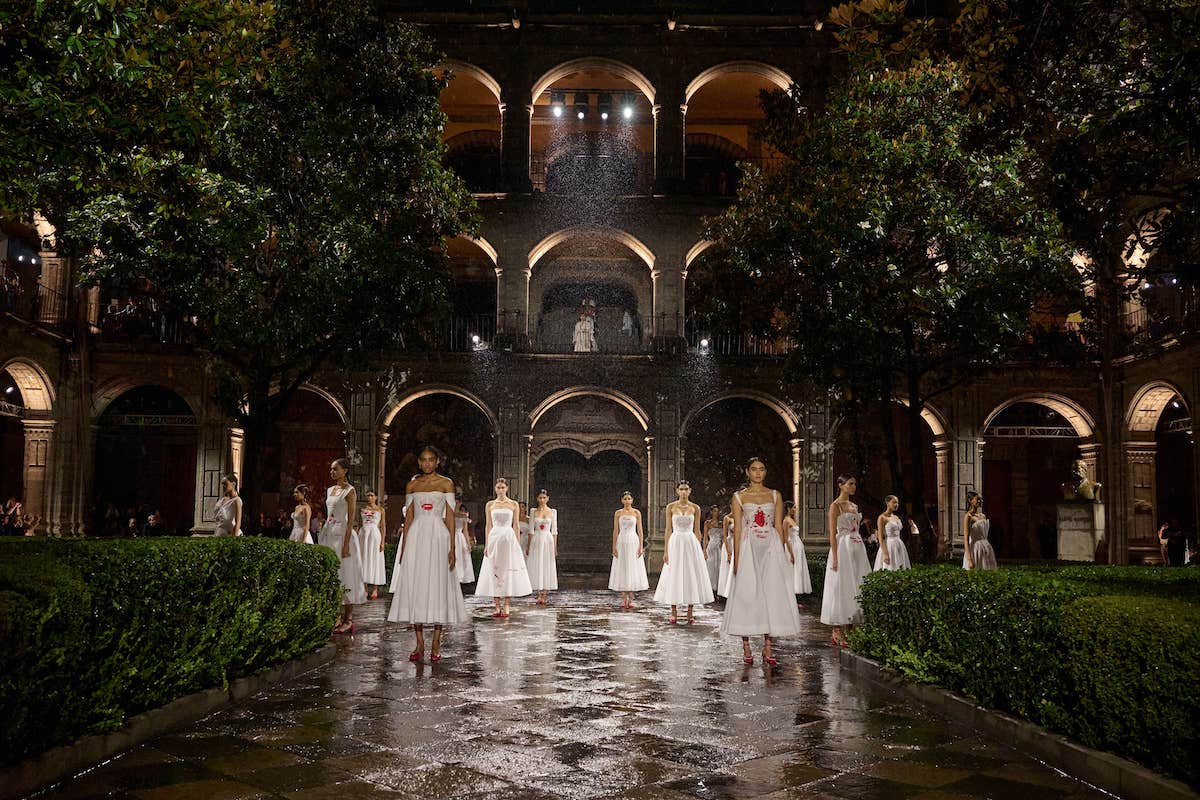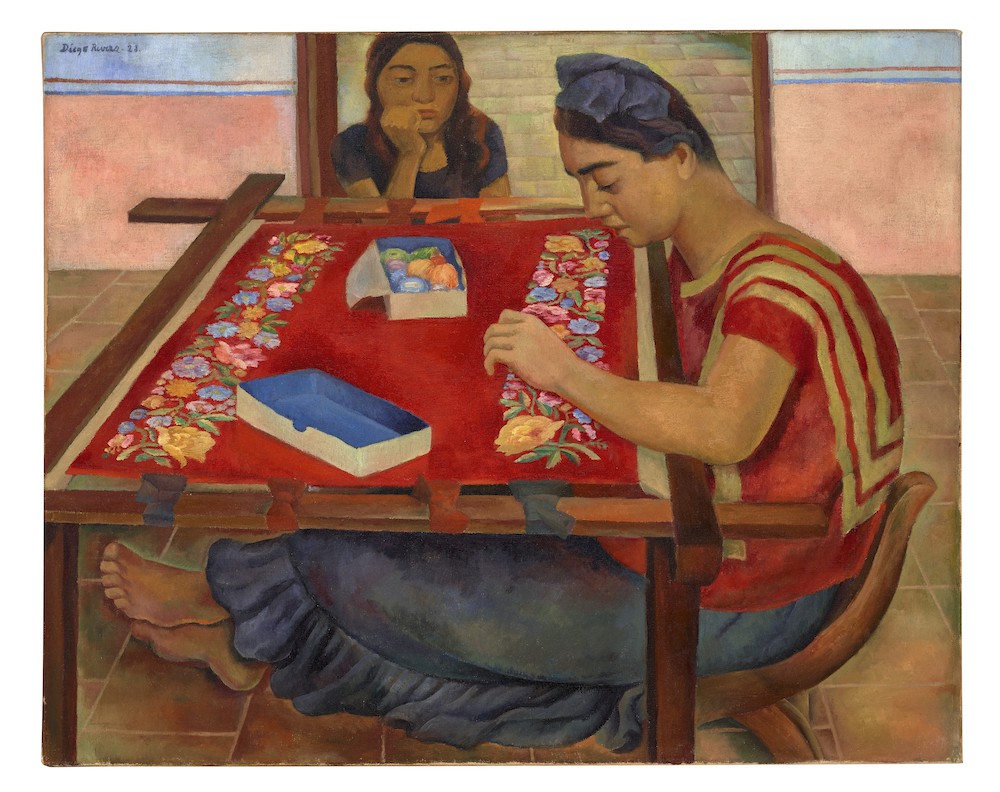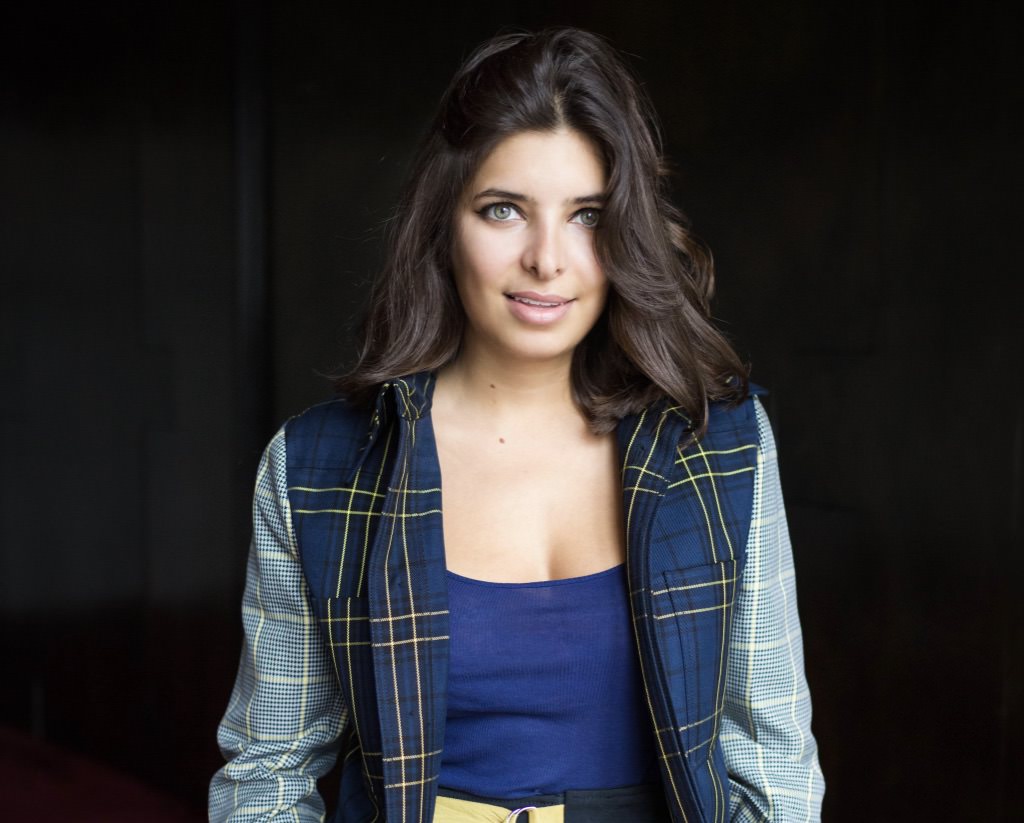Sisters Phoebe and Annette Stephens grew up surrounded by art, artists, and the creative process in Mexico City. Their grandmother Annette Nancarrow, who had a studio alongside their father, Luis Stephens, at their home in Mexico City, was an artist who counted Peggy Guggenheim, Frida Kahlo, and Diego Rivera as close friends. When Whitewall spoke to the sisters at Phoebe’s home in the Gramercy Park neighborhood of New York, they told us that their grandmother had always had a collector’s eye, in addition to being an artist herself. At 18, instead of asking for an engagement ring, she asked for a Picasso (and she got it).
In 2009 the incredibly close sisters launched the jewelry line Anndra Neen, a collection of handmade metal rings, necklaces, and bracelets that has since expanded to include accessories such as bags and clutches. They hope to branch out even further, introducing stone like volcanic rock and lapis, as well as more precious gems, and eventually objects for the home. Their designs are obviously influenced by the visual arts—both sculpture and painting—and look like jewelry an artist would make, something that used to be more part of the artistic practice in the time of Picasso and Calder. We talked to Annette and Phoebe about how they work with artisans in Mexico City and how they share the same vision.
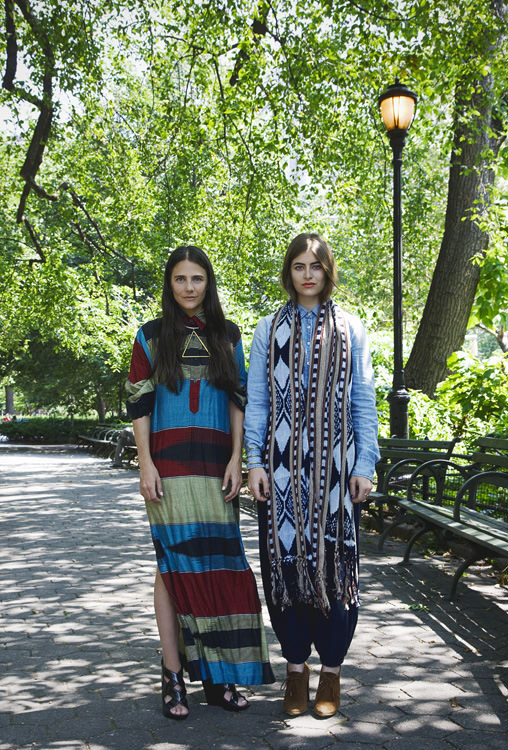
Images courtesy Anndra Neen
WHITEWALL: Tell us about what it was like being raised around art and artists in Mexico City.
ANNETTE STEPHENS: It was amazing. Our grandmother had a studio near our home growing up in Mexico City and she would bring us in. She had everything packed into this space: objects, beads, pre-Columbian idols, feathers—everything you could think of. As a child going in there, looking at her masks and her paintings, her supplies, it was really inspiring.
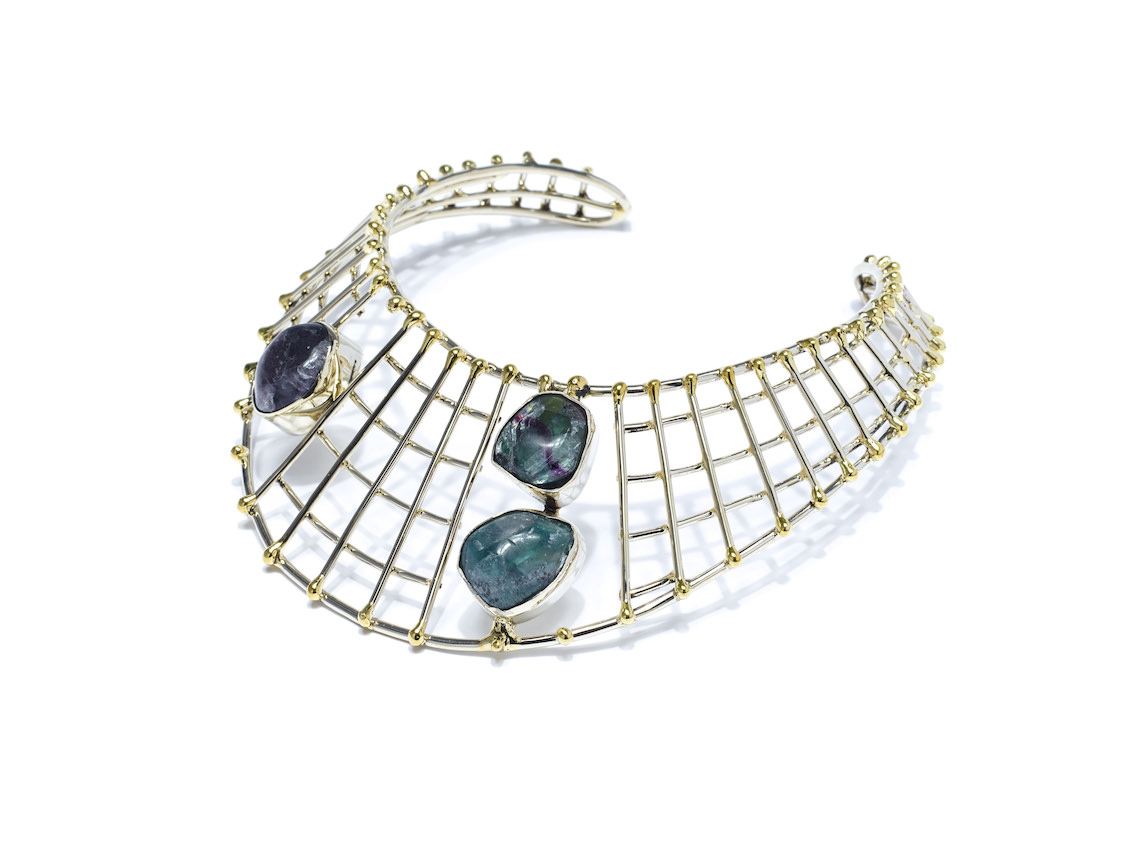
Images courtesy Anndra Neen
PHOEBE STEPHENS: Our home was a like a mini-compound where her studio was next to our house and our dad’s studio was next to that. The work flowed; the creative space was super-close to us, so we were always going to their studio. We were always making things. We were encouraged to make stuff.
AS: It was sort of this attitude that if you feel something, express it in a visual way. I remember that I used to have these vivid dreams, so my mom told me to draw them. We were surrounded by imagery constantly and also encouraged to churn out imagery.
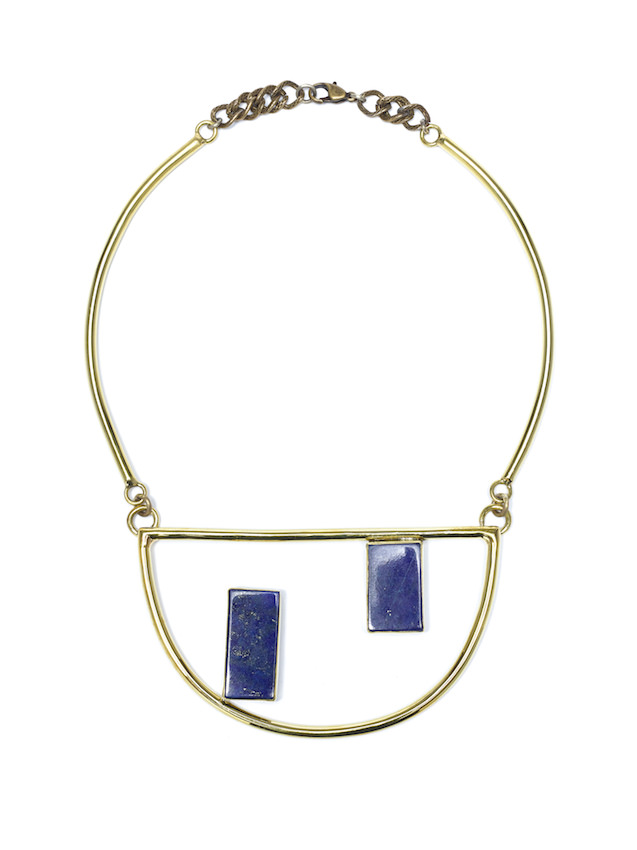
Images courtesy Anndra Neen
WW: Your father was an artist as well?
PS: He painted as a hobby—he owned a chemical company. He decided that he would paint in the afternoons. He would come home from work, we’d have lunch, and then he’d go to the studio. For 40 years he painted and he didn’t want to sell. Finally, we convinced him to exhibit. We did a three-generation show here at Milk Studios, with our grandmother’s stuff, our stuff, his stuff, and it was super-moving because it was a real body of work that had just been in the studio.
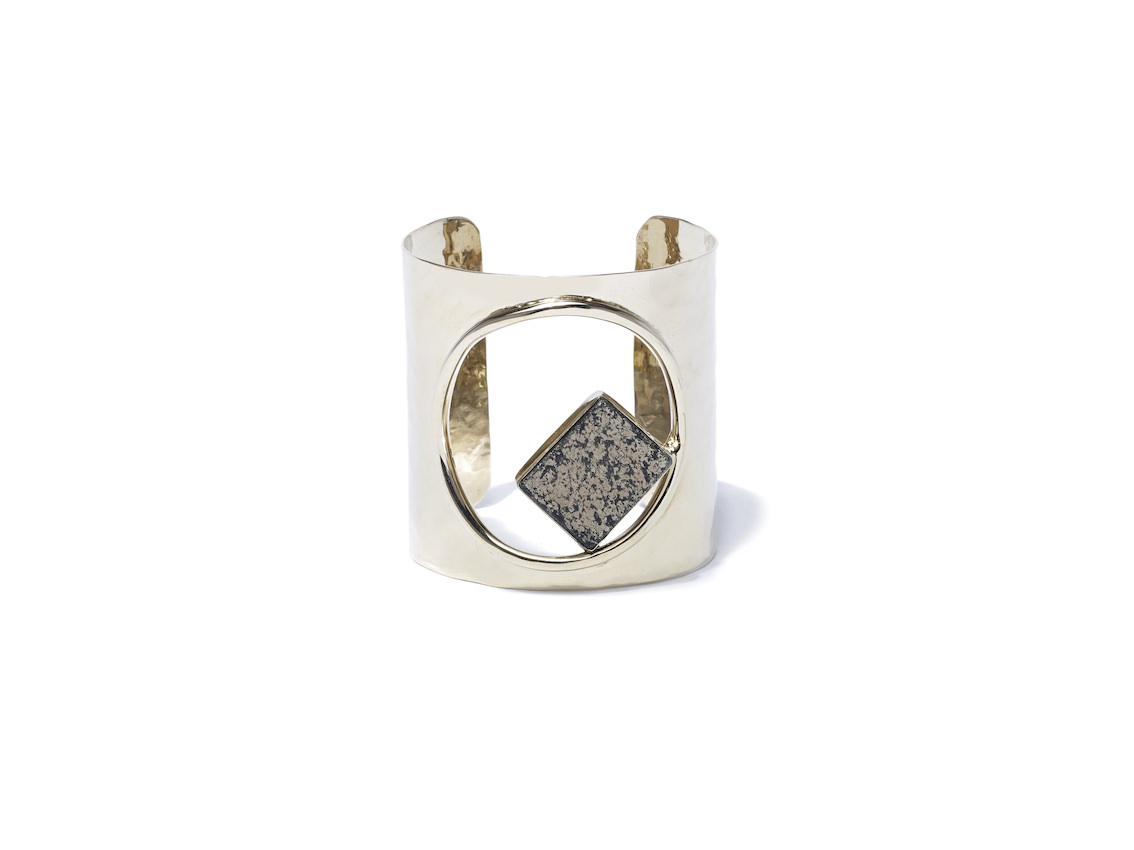
Images courtesy Anndra Neen
WW: And you could probably see, with it all in one room, the relationship between all your work.
AS: Actually, yes, there were correlations, but we only noticed them once we put it all together.
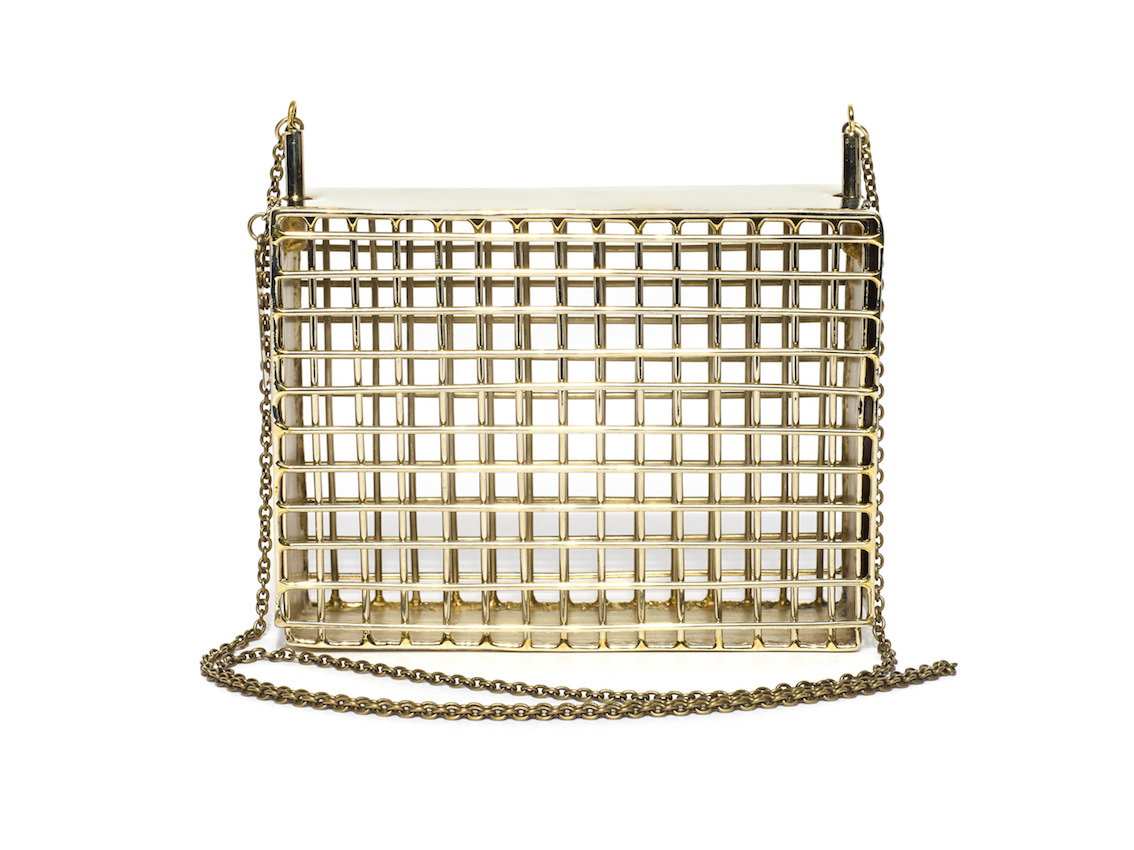
Images courtesy Anndra Neen
PS: Our grandmother did jewelry as a hobby, and sold it to her friends like Peggy Guggennheim, and Frida Kahlo wore it, but she made it for herself mostly as well. It sold at Henri Bendel in the seventies.
WW: Looking at your collections, they remind me of artists like Calder who did make jewelry.
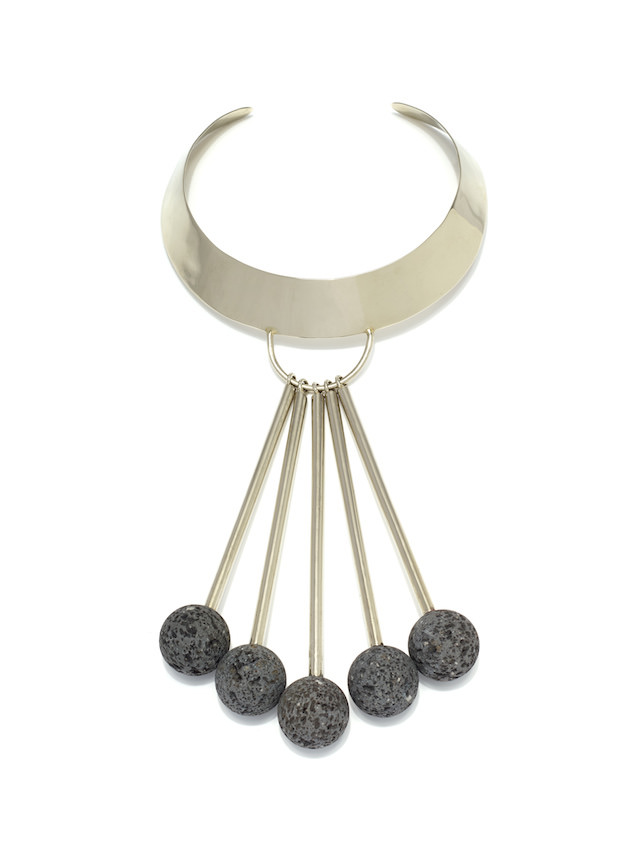
Images courtesy Anndra Neen
PS: You see how their art sort of seeped through everything. Jewelry was definitely part of their whole artistic expressions.
AS: I think that’s why jewelry fits so well with us. When we started designing together we realized what a good fit it was, because it was the perfect way for us to express visually in an object our artistic sensibility.
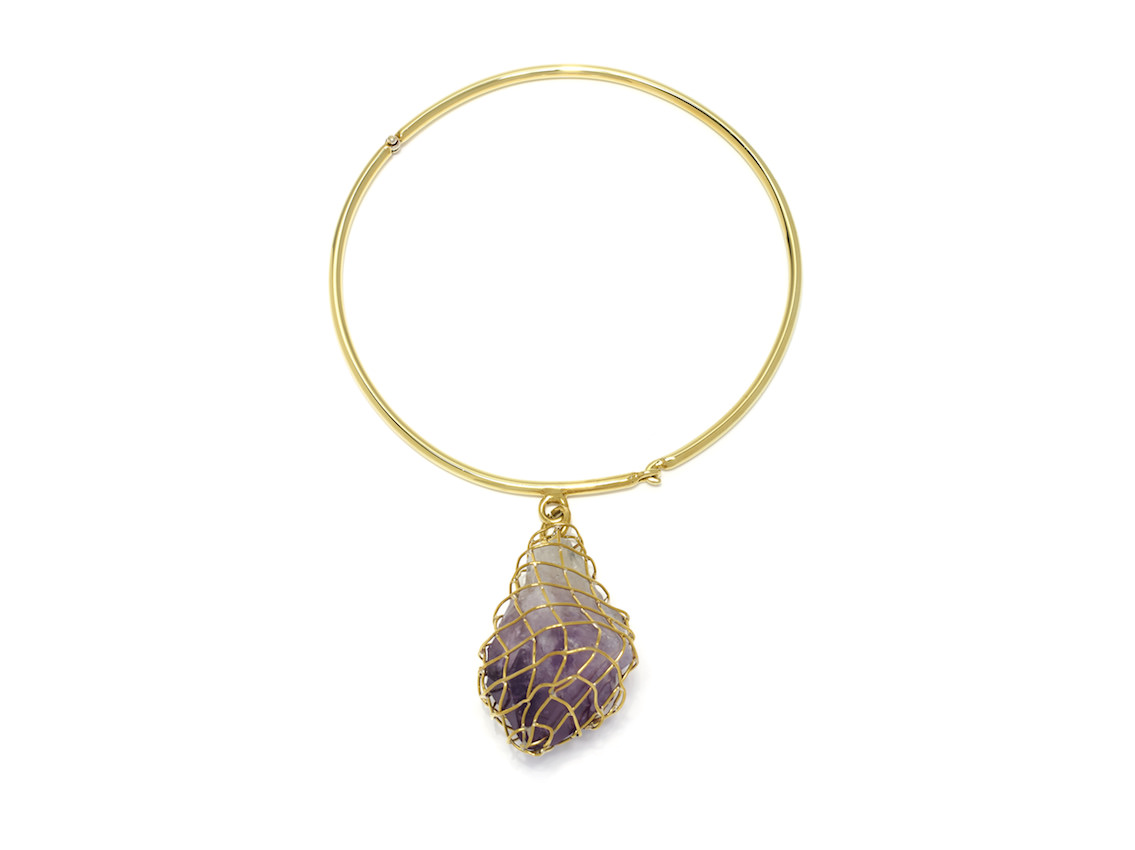
Images courtesy Anndra Neen
PS: We never thought we would do jewelry. But then once it did it made so much sense. Our father designed jewelry himself. He had a jeweler he would work with and design things, so painting, sculpture, and design were part of him as well.
WW: So part of your story is that you traveled to Japan together and that’s when you had the thought to do jewelry. What kind of things did you want to create?
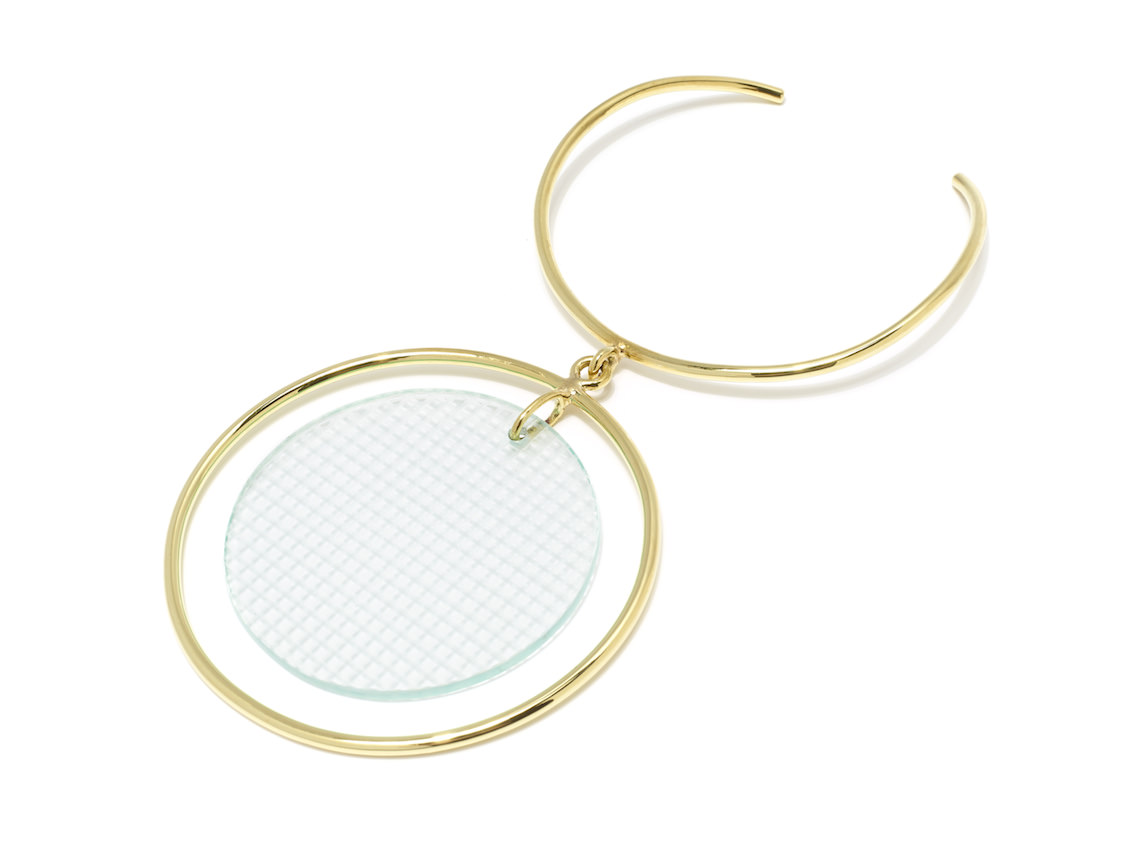
Images courtesy Anndra Neen
PS: I really think it was sort of visceral, things we imagined in our head, like, “I want to see this.” We didn’t at that point have any reference. It just started pouring out of us—what would be cool to see, or what would we want to wear—and it just went from there.
AS: It was also really a collaboration with the artisan. We were learning about what he could do in metal with different textures and shapes. We were going every day to this workshop outside of Mexico City and designing with him. He was amazing at translating the designs we had into real life.
WW: Did you see it as a way of revitalizing an industry?
PS: A little bit.
AS: Right now, people have been sort of closing up their shops and turning them into hardware stores. Less and less young people are interested in making handmade things. The same thing is happening to textiles. We wanted to preserve the very long traditional handmade technique and make it something new and modern and could compete internationally.
WW: Do you think you have helped to raise the awareness of Mexican artisanal crafts?
PS: Yeah. I think everybody is in need of that. The tendency right now is toward things that are handmade and special. You don’t want these arts to die. We are trying to have exposure internationally for people to realize there are things in Mexico that you can produce to that quality and level. We are going to start saying how many hours it takes to make each piece. One piece might take sixteen hours or three days. It’s important for people to know that this takes a long time.
WW: You also aren’t just making jewelry—you’ve done bags and clutches in metal as well.
AS: The idea of expanding into accessories came naturally. It seemed like if you could make a necklace or cuff that size, you could make a bag that size.
PS: It’s really sculptural as well. We’ve played with scale, and we love that idea of pushing the boundary. It’s wearable art, but it could sit on your night table or mantel, and we’re going toward that direction of making more art objects and a home collection and expanding the line.
AS: Centerpieces, interesting vases, napkin holders, trays, frames, mirrors.
PS: Or maybe objects that don’t necessarily have functions, but are just beautiful to see.
AS: It’s really fun to be part of the history of jewelry. We talk about this a lot. When human beings became civilized is when they started adorning their bodies.
PS: They say that the first mark of civilization where they used the object not as survival, but as decoration. That notion is amazing.
AS: Throughout the eras, every kind of culture has their piece of metal or jewelry. How significant is it for a man to give you a ring? It’s been such an integral part of society that’s really exciting for us to be a part of.
WW: You said that you knew you wanted to work together. Why?
PS: We always got along. We’re very similar, and we have so much fun together. The more we do it, the more we realize how similar we are. We joke that we’re turning into one person.
AS: We are. What we knew instinctually, and realized as time went on, is that we have the same vision of what we want in our lives. We decorate our homes in the same way. We see our line going in a similar direction.
This article is in Whitewall‘s spring 2015 Art Issue.





